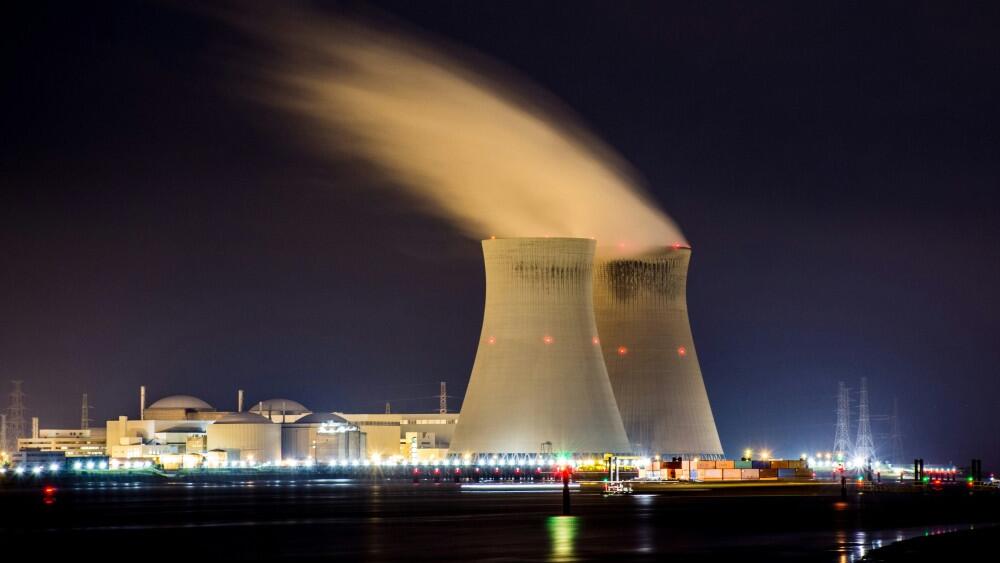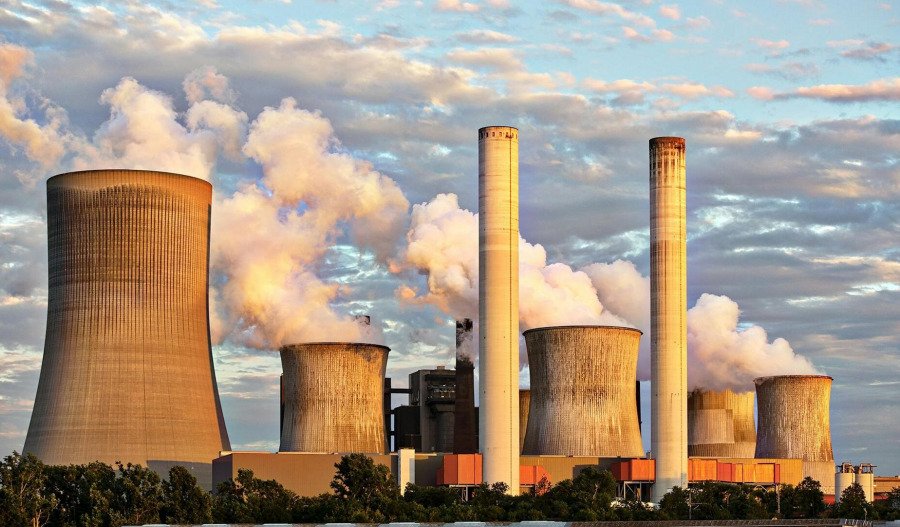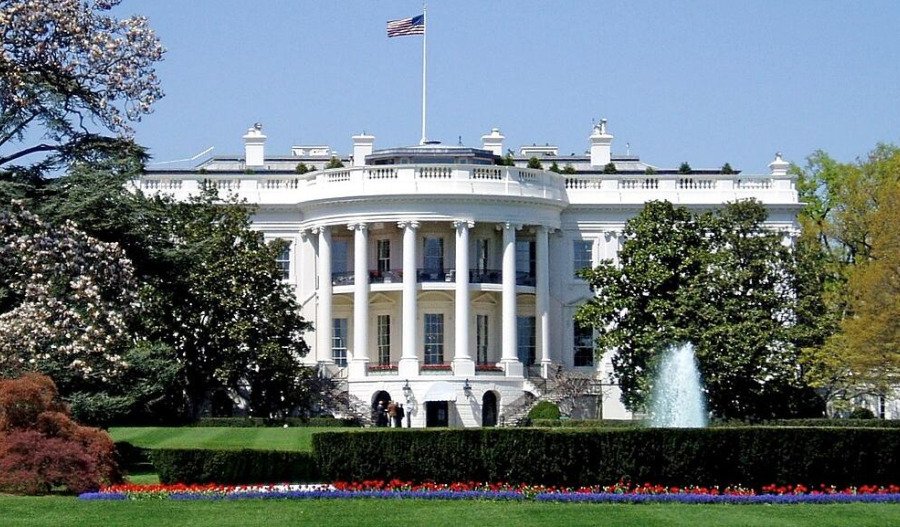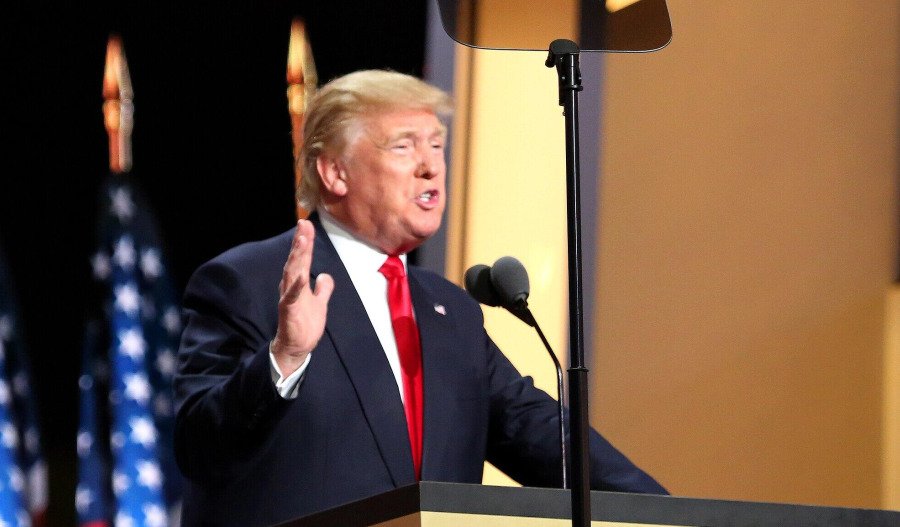Alphabet President and Chief Investment Officer, Ruth Porat said the company is aiming to slash the cost of building new nuclear reactors by deploying a series of small reactors through its deal with developer Kairos Power.
Alphabet’s Google unit struck the deal with Karios Power last October to buy power from small modular reactors under development. The hope is that the next-generation technology in the smaller nuclear reactors will reduce costs and accelerate deployment timelines through manufacturing efficiencies.
Google and Kairos plan to bring the first plant online by 2030, with more to come through until 2035.
“Nuclear has to be a part of the mix given the qualities of it,” Porat said at the CERAWeek by S&P Global energy conference.
While the tech sector has made major investments in nuclear projects over the past year, meeting the rising electricity demand from AI with reliable, carbon-free energy, United States projects have been plagued with overruns and long delays.
“If we don’t start now in a focused way and replicate a number of them, which is why the Kairos multi-tranche is an important kind of proof point, we’re not going to be able to drive down the cost curve,” Porat said.
NextEra CEO, John Ketchum argued that nuclear is unlikely to become a power solution until 2035 or later. He said that renewables are the quickest and cheapest solution to meet the rising energy demand.
“It’s cheaper and it’s available right now unless you already have a turbine on order or that’s already been permitted,” Ketchum said.
These comments come after Energy Secretary, Chris Wright announced that the Trump administration is working to launch a new era of nuclear construction and vowed to the Biden administration’s climate policies.
According to Ketcham, NextEra is projecting a sixfold increase in power demand over the next 20 years compared to the previous 20, with around 17% predicted to come from data centres.



